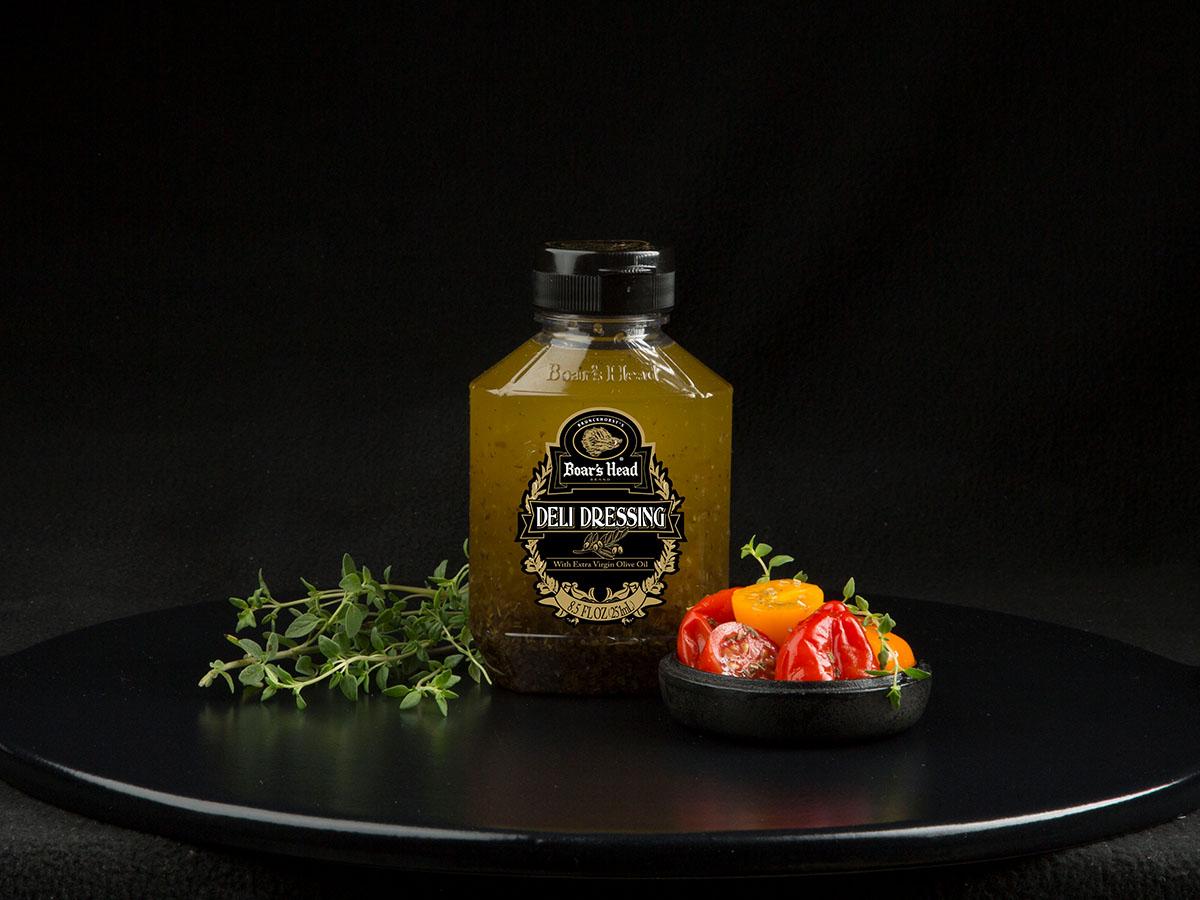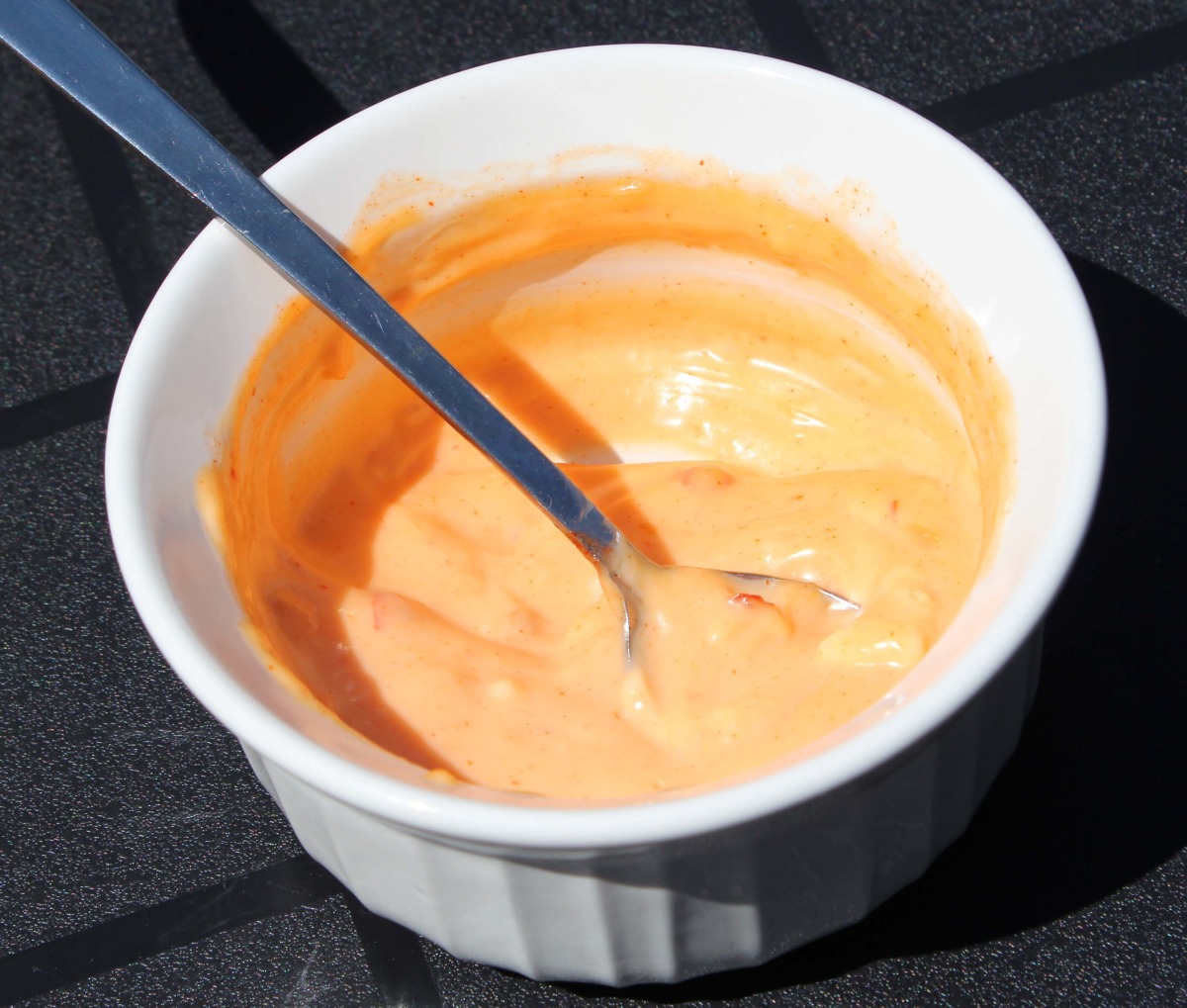Understanding Bistek: A Delicious Filipino Dish
When it comes to Filipino cuisine, one dish that stands out for its unique flavors and cultural significance is Bistek. This savory and tangy dish has been a favorite in Filipino households for generations, and its popularity has spread to other parts of the world as well. But what exactly is Bistek, and what makes it so special?
The Origins of Bistek
Bistek, also known as Bistek Tagalog, is a Filipino beef steak dish that has Spanish influences. The name “Bistek” is derived from the Spanish word “bistec,” which means “beef steak.” The dish is believed to have been introduced to the Philippines during the Spanish colonial period, and over time, it has evolved to incorporate local ingredients and flavors, making it a distinctly Filipino creation.
The Key Ingredients
At the heart of Bistek is thinly sliced beef, typically sirloin or flank steak, marinated in a mixture of soy sauce, calamansi juice (or lemon juice as a substitute), and pepper. The marinade infuses the meat with a rich, savory flavor and tenderizes it, creating a melt-in-your-mouth texture. Onions are also a key component of Bistek, adding a sweet and aromatic element to the dish.
The Cooking Process
To prepare Bistek, the marinated beef is pan-fried until it is browned and cooked to perfection. The onions are then added to the pan, creating a flavorful sauce that complements the beef beautifully. The dish is typically served with steamed rice, allowing the savory sauce to be soaked up and enjoyed with every bite.
Regional Variations
While the basic components of Bistek remain consistent, there are regional variations of the dish that showcase the diverse culinary traditions within the Philippines. In some regions, additional ingredients such as bell peppers, garlic, and even pineapple may be incorporated to add depth and complexity to the flavor profile of Bistek.
Why Bistek Is Special
What sets Bistek apart is its harmonious blend of savory, tangy, and slightly sweet flavors. The tender beef, combined with the zesty marinade and caramelized onions, creates a taste sensation that is both comforting and satisfying. Bistek is a dish that embodies the warmth and hospitality of Filipino culture, making it a beloved choice for family gatherings and special occasions.
How to Enjoy Bistek
Whether you’re a fan of international cuisine or simply looking to expand your culinary horizons, Bistek is a dish that is sure to delight your taste buds. If you’re feeling adventurous, you can try making Bistek at home using a traditional recipe, or you can seek out a Filipino restaurant to experience an authentic rendition of this beloved dish.
When served hot over a bed of steamed rice, Bistek offers a satisfying and flavorful meal that is perfect for sharing with loved ones. Its versatility also makes it a great option for meal prepping, as the leftovers can be enjoyed as a delicious lunch the next day.
In Conclusion
Bistek is more than just a beef steak dish – it’s a representation of the rich culinary heritage of the Philippines. Its Spanish-inspired roots, combined with local influences, have resulted in a dish that is cherished for its robust flavors and cultural significance. Whether you’re savoring it at a family gathering or discovering it for the first time, Bistek is a true culinary gem that deserves a place on your list of must-try dishes.
So, the next time you’re craving a taste of something new and exciting, consider indulging in the delightful flavors of Bistek. Your taste buds will thank you!
Was this page helpful?
Read Next: What Is Chicharrón De Pollo











